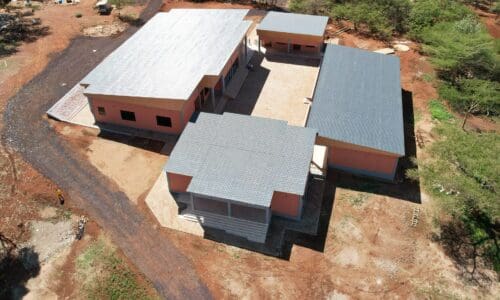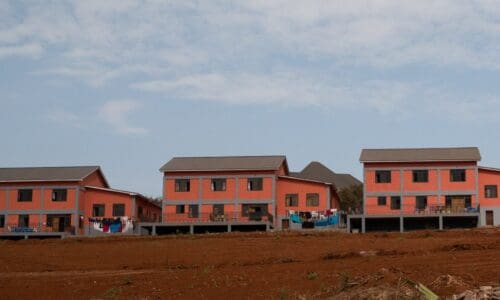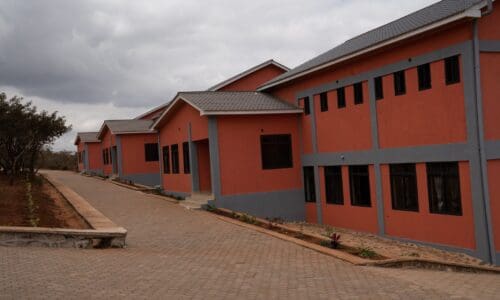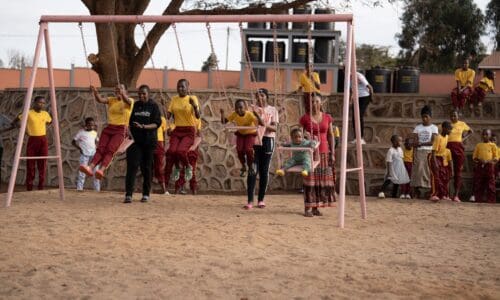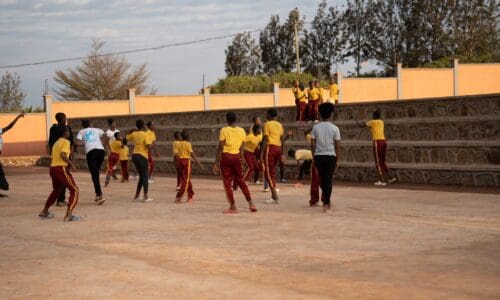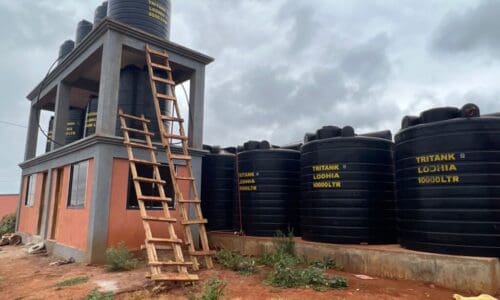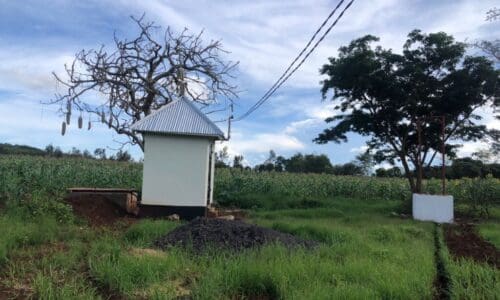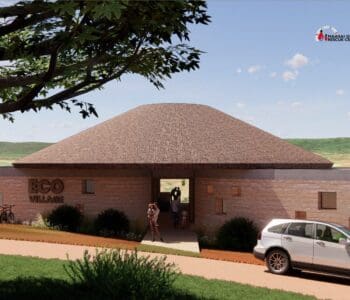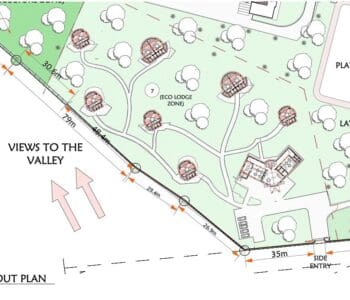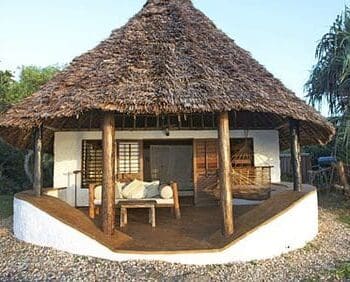An entrepreneurial approach transforming Maasai lives
Maasai Girls Rescue Center provides a safe haven and educational opportunities for at-risk girls in Tanzania. Through sustainable initiatives like eco tourism and eco farming, we’re helping them break the cycle of poverty and build brighter futures.

Our Mission and Vision
Our Mission
To rescue and transform the lives of at-risk Maasai girls by providing food and clothing, shelter, medical attention, counseling, education and training in a loving, familial, and safe environment. We purposely and intentionally prepare the girls for a future of financial independence and self-sufficiency.
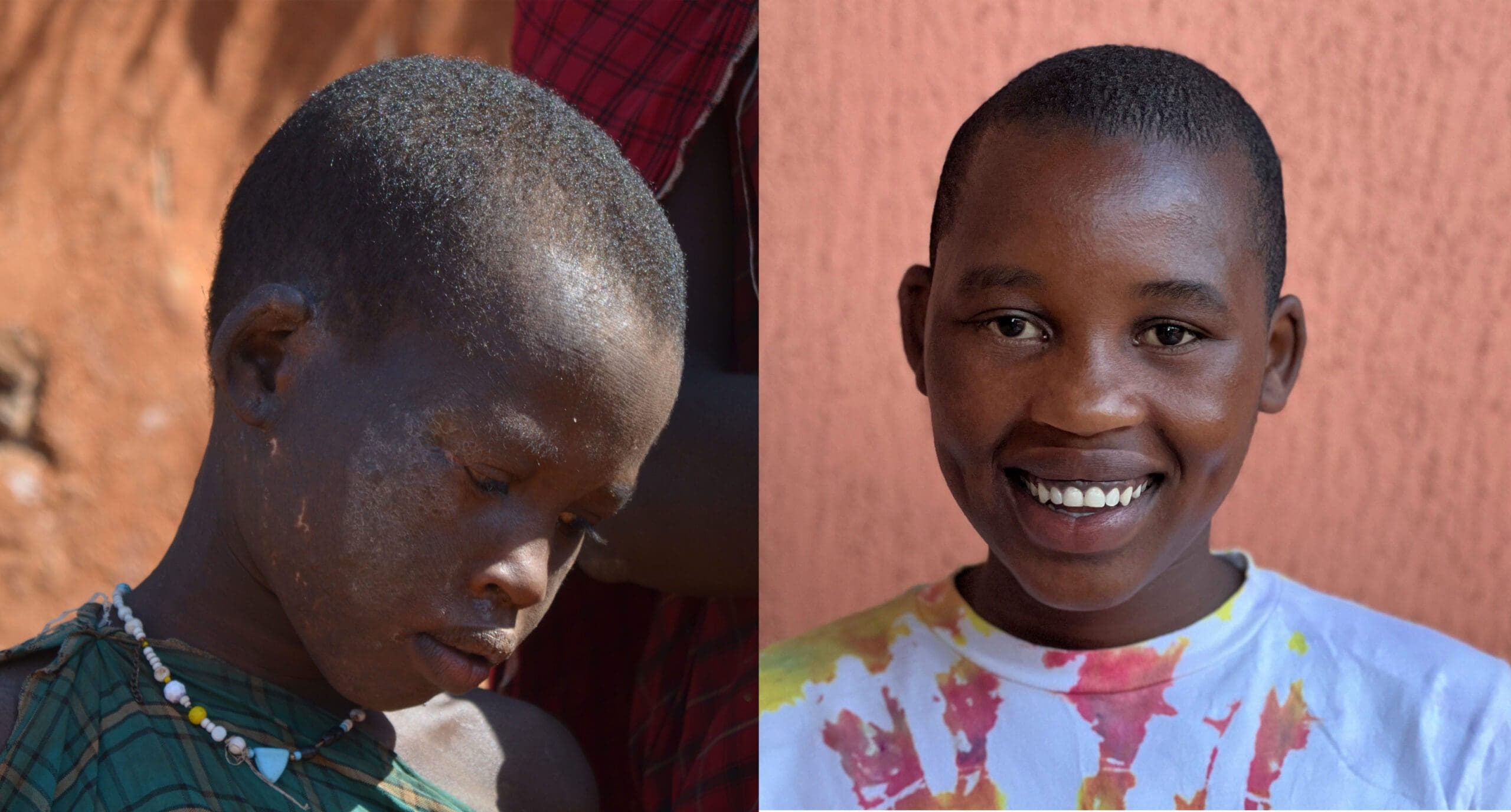
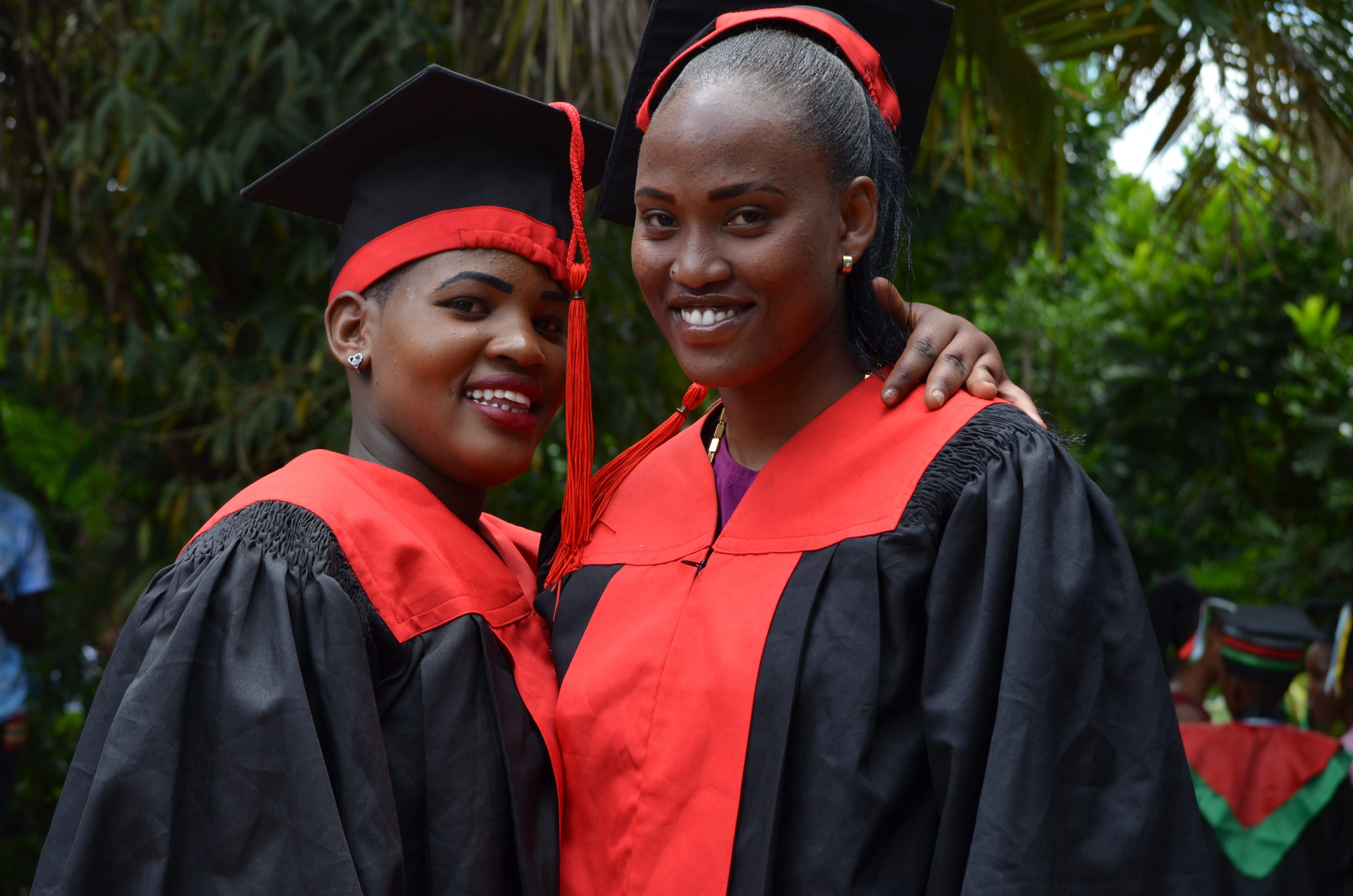
Our Vision
Change the mindset of how Maasai girls are valued and thus break the cycle of poverty and oppression in the Maasai Community by raising strong, financially independent and self-reliant women.
MGRC women will possess the acumen, education, management skills, vocational training and life skills needed to be successful business owners, educators, professionals, community leaders and good parents.
Our success utilizes a unique entrepreneurial model.
About the Maasai Girls Rescue Center
It began with one man rescuing one girl.
Maasai Girls Rescue Center (MGRC) was born of an idea Rick Morro had after being introduced to the Maasai on a church short term mission trip to Africa. He was introduced to the poverty and yet ever-smiling faces of the children. Initially, Rick started by feeding the children who lived in the vicinity of his house on the border of Tanzania and Kenya.
The children who DID attend school would walk 10 kilometres, one way, through the bush to school – many not having anything to eat prior to their journey. They started coming to his house as early as 6 am to get a few pieces of bread or whatever he had to start their day. Some as young as 2 years old, would come by his house for lunch, where Rick would cook for himself and for up to 20 children at one time.
Rick was determined to try and help as many of these children as he could.
Rick was introduced to a community-based organization and local nonprofit in Tanzania. The advantage for that location was that there was water, electricity, and existing structures that could be converted for housing, feeding and educating the rescued girls. The buildings consisted of a 20-room hostel that could house 40 girls. There were also few rooms for cooking and classrooms, toilets and showers were also available. The facilities were in disrepair and with help from volunteers, they rolled up their sleeves and refurbished the facilities.
July 2017, Rick officially opened and welcomed 4 young girls to the Maasai Girls Rescue Center. His goal accept the most at-risk African girls in Maasai communities. Those who were abandoned or who were running away from FGM and forced child-marriage, providing them a safe haven, an education, and daily nutritional meals.
The MGRC’s positive impact was spreading through the tribe. By the end of 2018, there were 21 girls living at Maasai Girls Rescue Center.

From the beginning, Rick wanted to create a sustainable food source for the 21 girls living at the center. His plan was to produce milk as a protein source and grow some vegetables. Raising cows in Tanzania is not unusual, but zero grazing is! MGRC didn’t have the land to graze cows and because of the arid African weather there was not enough grass, so zero grazing was the only option.
To raise money to build a barn and buy 2 cows Rick hosted a GoFundMe. The fundraising was successful in raising some needed funds, and also engaging donors. In spring of 2018, the USA organization was formed as a 501(c) 3 to accept tax deductible donations.
Read Rick’s journal entry: Our first year’s accomplishments to learn more.
Our GoFundMe for cows caught the attention of an old work associate, Bruce Hammond. Bruce is the founder of GrowthPoint Inc. a marketing services company. Bruce offered his company’s services pro bono to build and manage the website, provide fundraising services, and develop and manage the MGRC business system.
Later that year, Bruce and his wife Joyce visited the center to assess the center to develop future plans with Rick. Together, we developed some basic principles and vision for MGRC’s future.
- Primary focus was on the welfare, safety, and development of each girl to their fullest potential.
- The organization would be volunteer run and managed. The only paid employees will be Tanzanians who provide the care for the girls. All administrative costs would be absorbed by angel donors or by GrowthPoint Inc. 100% of private donations would go to the care of the girls.
- There would be total transparency to where donations are spent. Any donor could view how our funds are used on-line, and in annual reports.
- Both the TZ and USA organizations would be run using an innovative entrepreneurial plan and a business system designed for MGRC.
- The focus is to create sustainable results and become financially independent.
At this time Joyce Hammond the Treasure of GrowthPoint volunteered to the Treasure of MGRC and provide all the financial and accounting needs. Bruce became the USA Board Chair, leading the organization.
MGRC needed a permanent home. The current location in Longido was not working for many reasons. Site security, poor facilities that we do not own, lack of local government support, and we were outgrowing our building were the major reasons we needed to find our own property.
Our first step was to partner with a global leader in community development with experience creating designs and plans in East Africa. We setup a pro bono partnership with ClarkeHopkinsClarke, a globally renowned architectural and community development firm in Australia.
Together, we designed a Masterplan for MGRC that eventually will include homes for about 120 girls, a preschool, clinic, a vocational training area, dining hall, administration building, volunteer living quarters, and a farm.
The plan included an ecoLodge for visiting tourists that will produce revenue to cover MGRC’s annual operating expenses – no longer having to rely on donations. The girls will learn hospitality industry skills at the lodge, which also will employ local people.
After two years of looking for land to build a new home, we found the perfect spot. Fifteen acres in the town of Karatu Tanzania, about a seven-hour drive from Longido Tanazania. Karatu is centrally located between many world class national parks in Africa bringing in thousands of global tourists.
This will be the location to build our ecoVillage for our girls and build our tourist lodge (ecoLodge) that will fully fund MGRC.
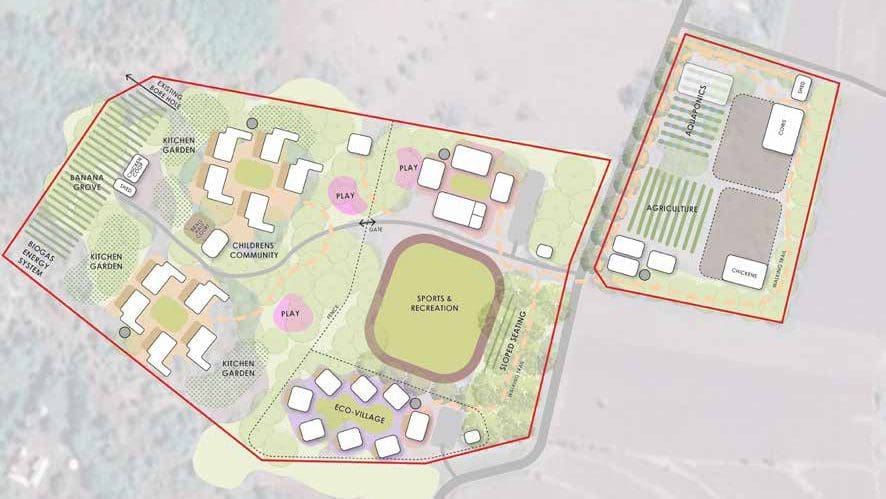
We moved 52 girls, 14 adults, six cows, 70 mattresses and 30 bunkbeds. We moved hundreds of boxes of clothing, kitchen goods, miscellaneous furniture and other belongings.
On January 30, the precious people, animals and cargo of the MGRC made our way over rutted, muddy roads and steep mountain passes on a seven-hour journey from our old home in Longido to our new home Karatu.
Months of preparation preceded the trek across Maasai land in Tanzania.
We were bursting at the seams of our Longido facility. Too many people for the buildings, not enough security, and land that did not support our sustainable food projects. A severe storm wiped out the toilets and plumbing, so there were no bathrooms or warm water, just outhouses which forced us to make this decision so quickly. Power outages were intermittent. The landlord wasn’t helpful about repairs. It was time to go!
We explored many possible sites before settling on an empty hotel with a restaurant that was available to rent – a flipside blessing to the Covid pandemic that stopped tourism. Best of all, our temporary quarters are less than a mile away from our new permanent site.
In the beginning of 2021, we started clearing land on our three-acre plot and began construction of our ecoFarm. The farm buildings consist of: cow barn, chicken coop, pig house, hydroponics fodder building, rabbit house, farm worker housing, storage building, and a bio-gas system.
By the fall of 2021, we were harvesting vegetables, producing milk and eggs, to feed our girls. Today the ecoFarm produces 90% of all food to feed all of the girls and staff at 25% of the cost vs. buying from the local market. The girls are eating healthier and are learning modern farming. See blog post on the ecoFarm.

In early 2022 we began building a security wall around the 12 acres where our ecoVillage would be constructed. The security wall included two guard houses and gates, a main entrance to MGRC and a separate gate to the ecoLodge side of our property. This security wall also included an intruder alarm and electrified fence. Our girls’ safety is our highest priority.
Once the security wall was completed, we built the 4 main buildings needed to operate our center. The buildings are a large dining hall with a kitchen, administration building, vocational training building and a pre-school with clinic building. These building were needed before we could move into the ecoVillage.
These projects were completed by the spring of 2023, under budget.
Our girls come to us alone, struggling for survival, many suffering physical and emotional trauma. We wanted to raise them in homes, as we would our own daughters, not a dormitory. It was important to us then and now that the girls have consistency and love from caring adults – Tanzanian house mothers, social workers and a paternal presence in their lives.
Each home shelters 20 girls and 4 house mothers. Girls are grouped by age so they can help each other with schoolwork and learning life skills.
We ran into many challenges including our general contractor quitting on the job because of his cost overruns. Even with these issues, these 3 houses were completed in the Spring of 2023 under budget.
Tourism was returning to the Arusha region and thus we were forced to move the girls from the hotel we were renting earlier than planned. Becuase the permanent house were not complete, we moved everyone into the Vocational building for a few months while the houses were completed. Once we completed the houses we moved everyone into their permanent homes.
The next project was to build a sports field and playground. This was a large project because our ecoVillage is built on a side of a valley, and required significant excavation and building retaining walls. This project was also completed on time and on budget.
Thanks to the generosity of the Larson Financial Foundation out of St Louis MO, MGRC now has its own secure water system.
Tanzania has had four dry rainy seasons since late 2020, causing the worst drought in 40 years. Consequently, our government water supply was very intermittent and unreliable. Operating a farm without water is virtually impossible. Feeding and caring for the girls without water is equally impossible. And while the government supplied water, it was unreliable and frequently the water and electricity were shut off for days at a time. We were forced to have water trucked in at an overwhelming expense of up to $100 per day.
The grant from the Larson Financial Foundation was a true Godsend! This project was completed on schedule and below budget
One of the bedrock principles in our vision, is to not just create a charity that continues the bonds of dependencies of the at risk Maasai girls, but to create a financially independent social enterprise capable of continuing on with the mission.
The first part of our sustainable strategy was the ecoFarm. The next step is funding and building the ecoLodge.
“Purpose-driven travel” and “impact travel” are terms for a growing sector within the tourism industry that caters to people who want to make a difference in their lives and the lives of others.
The Maasai ecoLodge and villas will offer that experience to socially conscious tourists visiting Tanzania’s wild game preserves. By interacting with the girls, staff and local community members, visitors can observe and learn first-hand about the Maasai people and the region.
At a 40 percent guest occupancy rate, income generated by the lodge will cover all the annual operations of Maasai Girls Rescue Center.

